The Android 15 beta has arrived, marking a significant milestone in the evolution of Google’s mobile operating system. This latest iteration brings a host of new features and improvements, promising to enhance the user experience and provide developers with powerful tools to create innovative applications. As smartphone users eagerly anticipate the next big update, the Android 15 beta offers a glimpse into the future of mobile technology.

The new release includes several key updates that are set to transform how people interact with their devices. From advanced privacy controls to improved multitasking capabilities, Android 15 addresses many user concerns and introduces cutting-edge technologies. Developers will find a wealth of new APIs and tools to build more sophisticated apps, while manufacturers like Samsung are gearing up to integrate these features into their custom interfaces, such as One UI 7. As Google prepares for its annual I/O conference, the Android 15 beta serves as a preview of the exciting developments that lie ahead for the Android ecosystem.
What’s New in Android 15
The Android 15 beta brings a host of exciting features and improvements to enhance user experience and developer capabilities. This latest iteration of Google’s mobile operating system introduces significant updates across various aspects of the platform.
UI Enhancements
Android 15 continues to refine the user interface, building upon the Material You design language. The update introduces extended support for dynamic colors, allowing apps to seamlessly adapt to the user’s system theme. This enhancement promotes greater UI consistency across the device.
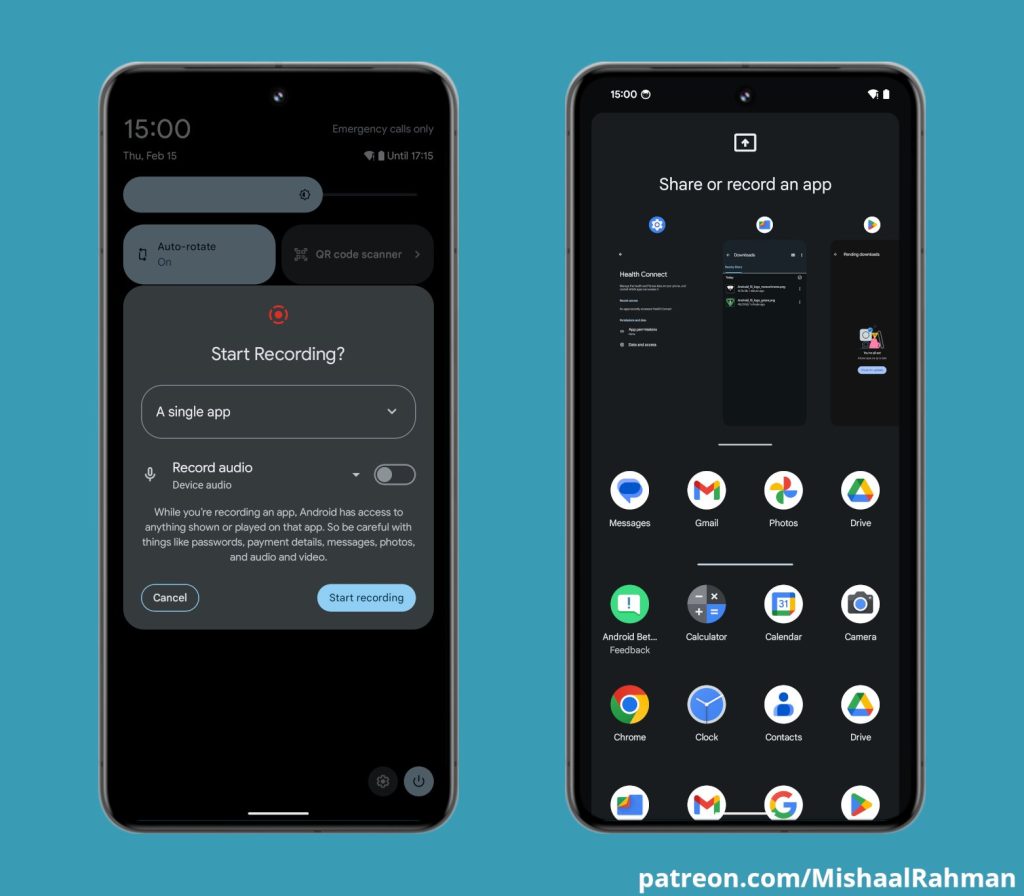
Widgets have also received attention in the Android 15 beta. Developers can now create more interactive widgets that remain persistent across different screens and devices. This improvement offers users a more engaging and customizable experience with their favorite apps.
Jetpack Compose, Google’s modern toolkit for building native Android UI, has been further integrated into Android 15. This deeper integration enables developers to build modern user interfaces more efficiently. New components for animations and gestures have been added, resulting in smoother interactions for users.
Privacy and Security Updates
Android 15 places a strong emphasis on enhancing privacy and security features. One of the most notable additions is the introduction of a “private space” feature. This allows users to create a separate area on their device where they can keep sensitive apps hidden behind an additional layer of authentication. Apps in the private space are isolated from the main space, providing an extra level of protection for sensitive data.
The update also brings improvements to the app permissions model. Users now have more granular control over the permissions they grant to apps, particularly for sensitive resources like location, camera, and microphone access. This change gives users greater transparency and control over their data.
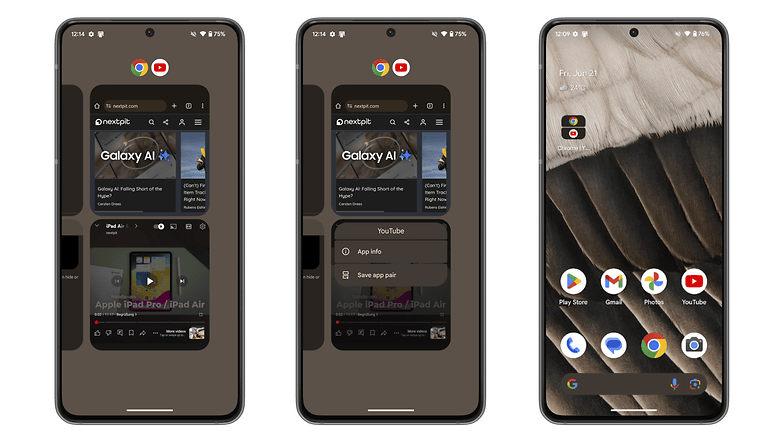
Android 15 introduces enhanced data protection measures through improved scoped storage. This feature provides better tools for managing app data access, reducing the risks associated with unnecessary data exposure while maintaining functionality.
Developer Tools
Android 15 introduces several new APIs and tools to empower developers in creating more sophisticated and efficient apps. The Game Mode API has been enhanced, allowing game developers to optimize performance by adjusting system resources based on the game’s requirements. This improvement aims to enhance gaming experiences while managing battery consumption effectively.
Camera-based apps benefit from updates to the Camera2 API. These enhancements enable better integration of high-resolution images and faster autofocus, providing users with improved photography experiences.
Android 15 also brings support for Bluetooth Low Energy (LE) Audio and Wi-Fi 7. These additions enable developers to implement more advanced and energy-efficient connectivity features in their apps.
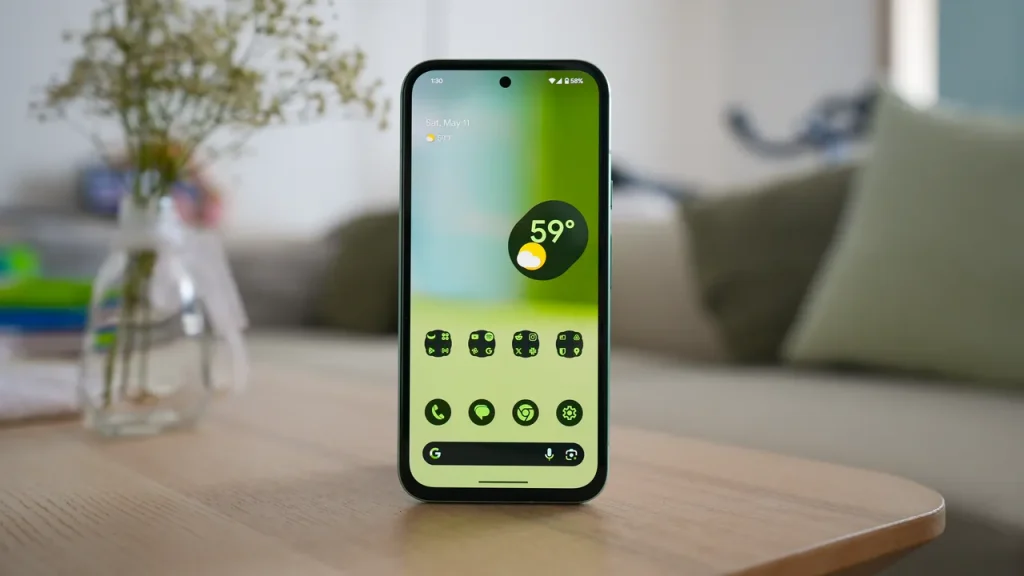
The Android 15 beta showcases Google’s commitment to improving the platform for both users and developers. With its focus on UI enhancements, privacy and security updates, and new developer tools, Android 15 promises to deliver a more refined and powerful mobile experience. As the beta progresses, we can expect further refinements and potentially more features before the final release.
Key Features of Android 15
Edge-to-Edge Apps
Android 15 introduces a significant change in how apps utilize screen space. By default, apps now go edge-to-edge, allowing them to use the entire height and width of the display. This enhancement enables developers to showcase their content more effectively, providing users with a more immersive experience. The new approach forces apps to extend to the edges of the screen, maximizing the available display area.
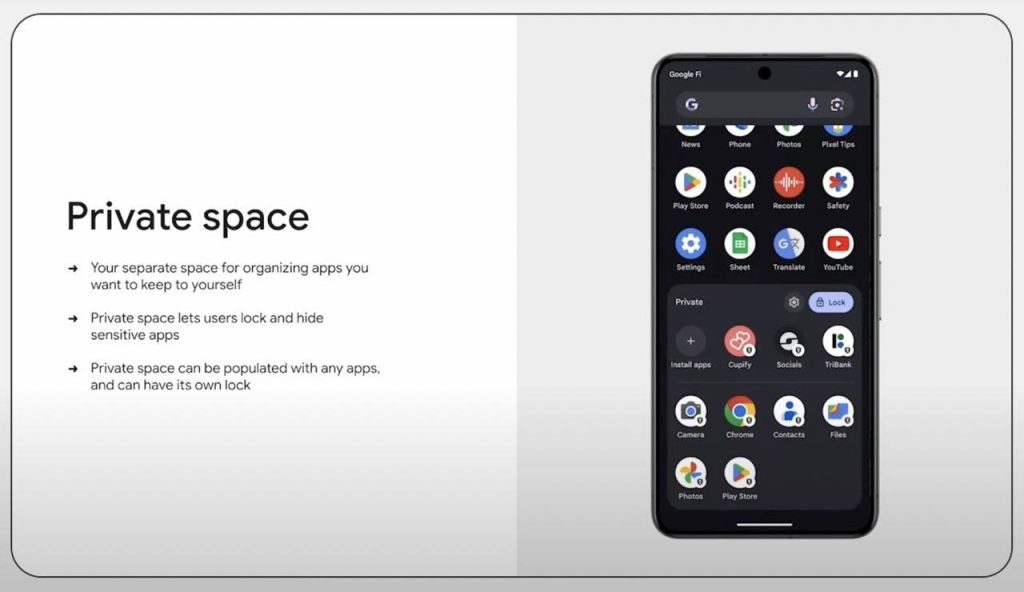
For developers who prefer not to implement this feature, Google has quietly added an opt-out option. This flexibility allows app creators to maintain their preferred layout while still benefiting from other Android 15 improvements. The edge-to-edge default setting aims to improve app quality across the board and reduce the work required for developers to implement this feature.
Improved Multitasking
Android 15 brings substantial enhancements to multitasking capabilities, particularly for users of big screen devices such as tablets and foldables. One notable addition is the ability to pin the taskbar permanently on these larger displays, mimicking a desktop-like interface. This feature significantly improves the ease of switching between apps and managing multiple tasks simultaneously.
Another exciting multitasking feature is the introduction of App Pairs. This functionality allows users to save their favorite split-screen app combinations for quick access. When a user saves an app pair, an icon is added to the home screen displaying the two apps in the saved configuration. Tapping this icon launches both apps in the predetermined split-screen layout, streamlining the process of accessing frequently used app combinations.

These multitasking improvements are primarily targeted at large-screen devices, enhancing productivity and user experience on tablets and foldables. The ability to save and quickly retrieve preferred app combinations makes multitasking more efficient and intuitive.
Enhanced Camera Controls
Android 15 introduces several improvements to camera functionality, providing developers with more control over camera hardware and its algorithms on supported devices. These enhancements aim to deliver superior media and camera experiences to users.
One significant addition is the Low Light Boost feature, an auto-exposure mode available to both Camera 2 and the night mode camera extension. This feature adjusts the exposure of the preview stream in low-light conditions, enabling improved camera capabilities such as enhanced image previews for better framing in low light and improved QR code scanning in dim environments. Low Light Boost automatically activates when light levels are low and deactivates when lighting conditions improve.

Another notable improvement is the introduction of advanced flash strength adjustments. This feature allows for precise control of flash intensity in both ‘SINGLE’ and ‘TORCH’ modes while capturing images. This level of control enables developers to fine-tune the flash output based on specific shooting conditions, resulting in better-quality photos in challenging lighting situations.
Android 15 also introduces new extensions for more granular control over camera hardware on supported devices. These extensions provide developers with tools to implement features like low-light enhancements, giving them the ability to boost the brightness of the camera preview as needed.
These camera enhancements in Android 15 demonstrate Google’s commitment to improving the platform’s media capabilities, providing developers with powerful tools to create more sophisticated and feature-rich camera applications.
Privacy and Security Enhancements
Android 15 beta introduces significant improvements in privacy and security, addressing user concerns and providing developers with tools to create more secure applications. These enhancements aim to protect users from potential threats and give them greater control over their personal information.
Private Space
One of the most notable additions to Android 15 is the Private Space feature. This new functionality allows users to create a separate area on their device where they can keep sensitive apps and files away from prying eyes. The Private Space is protected by an additional layer of authentication, ensuring that only the device owner can access this secure area.
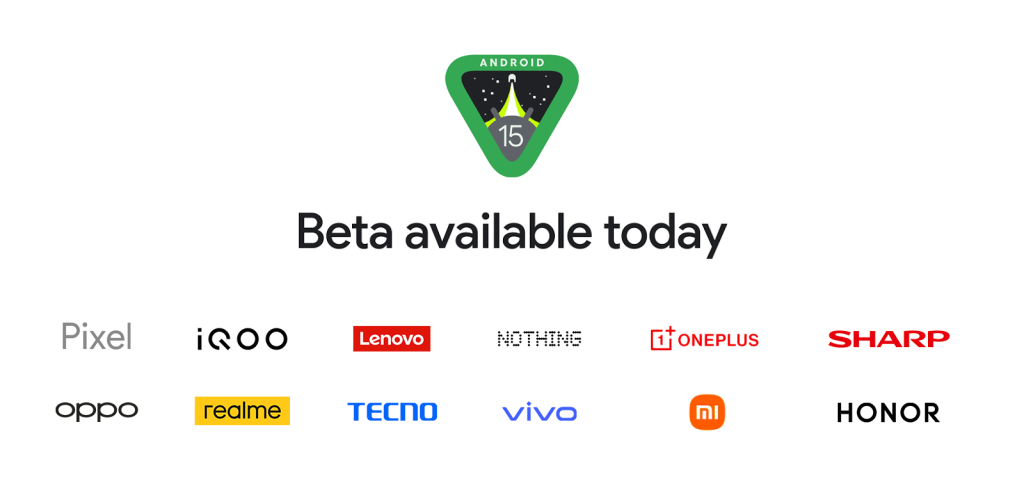
When enabled through the Settings menu under “Security and privacy,” Private Space functions like a separate Android device within the user’s smartphone. Apps within the Private Space are isolated from the main space, providing an extra level of protection for sensitive data. Users have the option to use Private Space with or without a Google account, offering flexibility in how they manage their private information.
To access the Private Space, users need to open the app drawer and tap on the padlock symbol at the bottom. The Private Space can be configured to lock automatically when the device is locked, after a period of inactivity, or upon device restart. For added security, users can choose to hide the Private Space when it’s locked, making it invisible to others who might gain access to the device.
File Integrity
Android 15 introduces new APIs to enhance file integrity, providing developers with tools to ensure that their app’s data has not been tampered with. The FileIntegrityManager API uses fs-verity to verify file integrity, adding an extra layer of security for apps that handle sensitive information.

This feature is particularly crucial for applications dealing with secure transactions or private data. Developers can integrate these checks within their apps to detect any unauthorized modifications to important files, thereby improving the overall security of their applications.
Sensitive Notifications
To address potential security vulnerabilities related to notifications, Android 15 implements new measures to protect sensitive information. The platform introduces a new permission called RECEIVE_SENSITIVE_NOTIFICATIONS, which has a protection level of role|signature. This means that only applications with the requisite role or those signed by the OEM can be granted this permission.
This new feature aims to redact sensitive notifications from untrusted apps that implement a NotificationListenerService. While the exact definition of ‘sensitive’ notifications is not fully clear, there’s reason to believe it refers to notifications containing two-factor authentication (2FA) codes.
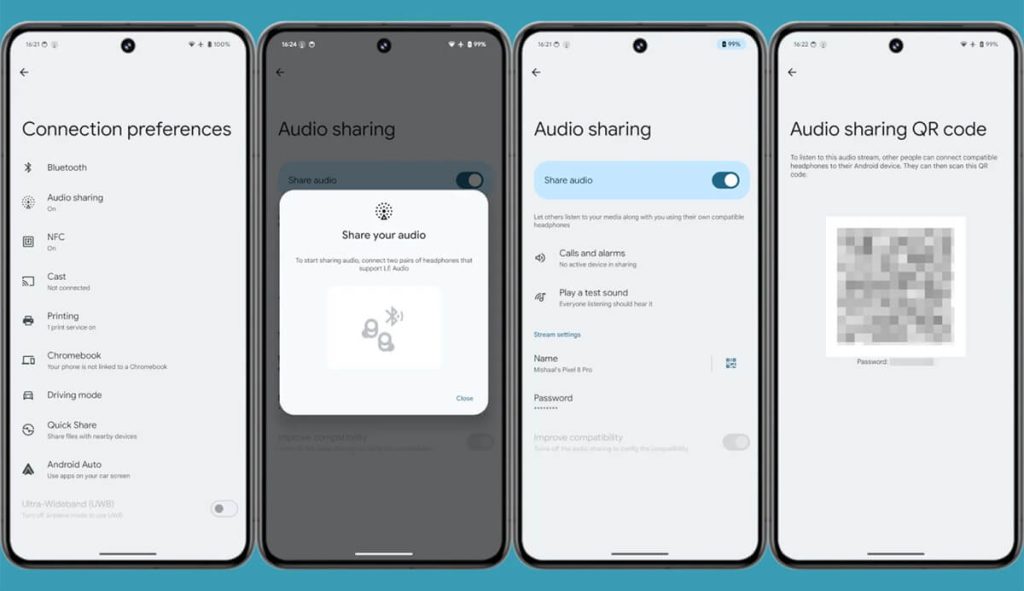
Additionally, Android 15 includes an OTP_REDACTION flag, which is used to gate the redaction of one-time password (OTP) notifications on the lock screen. This, combined with the RECEIVE_SENSITIVE_NOTIFICATIONS permission, provides three layers of protection against leaking 2FA codes to third parties.
These enhancements in Android 15 beta demonstrate Google’s commitment to improving privacy and security in the Android ecosystem. By introducing features like Private Space, file integrity checks, and protection for sensitive notifications, Android 15 aims to provide users with a more secure mobile experience while giving developers the tools they need to create safer applications.
Developer-Focused Updates
Android 15 beta brings a host of improvements and new features designed to empower developers and enhance app performance. These updates aim to provide developers with more control over their applications and streamline the development process.
Dynamic Performance Framework
The Android Dynamic Performance Framework (ADPF) continues to evolve in Android 15, offering developers more tools to optimize their apps’ performance. This suite of APIs allows games and performance-intensive applications to interact more directly with the power and thermal systems of Android devices.

One significant addition to the ADPF is the Power Efficiency mode. This feature allows associated threads to prioritize power saving over performance, making it ideal for long-running background tasks. Developers can now create more energy-efficient applications without compromising functionality.
Android 15 also introduces the ability to report CPU and GPU work durations. This enhancement enables the system to adjust CPU and GPU frequencies together, effectively meeting workload demands. By providing this level of granular control, developers can fine-tune their apps’ performance and power consumption.
The introduction of new thermal headroom thresholds is another noteworthy improvement. These thresholds help interpret possible thermal throttling status based on headroom prediction. This feature allows developers to proactively adjust their app’s workload before it becomes unsustainable, ensuring a smoother user experience even under demanding conditions.
In-App Camera Controls
Android 15 beta introduces significant enhancements to camera functionality, giving developers more control over camera hardware and its algorithms on supported devices. These improvements aim to deliver superior media and camera experiences to users.

One of the most notable additions is the advanced flash strength adjustments feature. This enhancement enables precise control of flash intensity in both ‘SINGLE’ and ‘TORCH’ modes while capturing images. Developers can now fine-tune the flash output based on specific shooting conditions, resulting in better-quality photos in challenging lighting situations.
These camera enhancements demonstrate Google’s commitment to improving the platform’s media capabilities. By providing developers with more powerful tools, Android 15 enables the creation of more sophisticated and feature-rich camera applications.
App Archiving Support
Android 15 introduces OS-level support for app archiving and unarchiving, making it easier for all app stores to implement this feature. This enhancement builds upon the app archiving feature announced last year, which allows users to free up space by partially removing infrequently used apps from their devices.
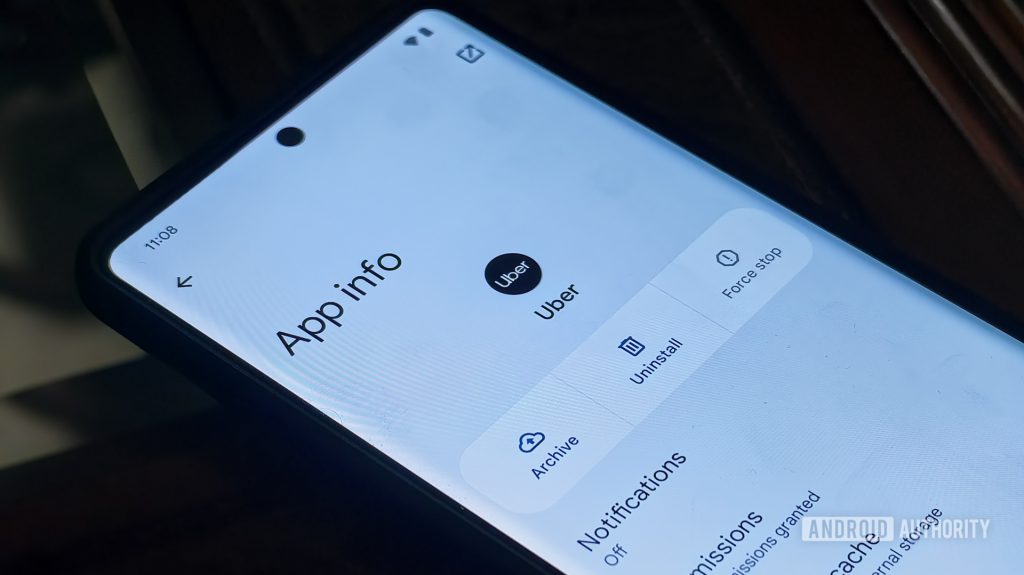
With this update, apps with the ‘REQUEST_DELETE_PACKAGES’ permission can call the PackageInstaller ‘requestArchive’ method to request archiving an installed app package. This process removes the APK and any cached files while preserving user data. Archived apps are still displayable through the LauncherApps APIs, with a UI treatment highlighting their archived status.
When a user taps on an archived app, the responsible installer receives a request to unarchive it. The restoration process can be monitored through the ACTION_PACKAGE_ADDED broadcast. This feature provides a more seamless experience for users who want to reclaim storage space without completely uninstalling apps they may need in the future.
These developer-focused updates in the Android 15 beta showcase Google’s commitment to improving the Android ecosystem. By providing more powerful tools and APIs, Android 15 enables developers to create more efficient, feature-rich, and user-friendly applications. As the beta progresses, we can expect further refinements and potentially more features before the final release, setting the stage for exciting developments at the upcoming Google I/O conference.
Compatibility and Device Support
The Android 15 beta marks a significant step in the evolution of Google’s mobile operating system, with a focus on expanding device support and ensuring compatibility across a wide range of smartphones and tablets. This update brings exciting new features and improvements to both developers and early adopters, paving the way for a more robust and versatile Android ecosystem.
Supported Pixel Devices
Google has made the Android 15 beta available for a comprehensive list of Pixel devices, allowing users to experience the latest features firsthand. The supported devices include:
- Pixel 6 and 6 Pro
- Pixel 6a
- Pixel 7 and 7 Pro
- Pixel 7a
- Pixel Tablet
- Pixel Fold
- Pixel 8 and 8 Pro
- Pixel 8a
- Pixel 9 and 9 Pro XL
Users with eligible devices can enroll in the beta program through their Google account, provided they are signed in as the primary user. It’s important to note that devices must be on a non-Developer Preview public stable build to participate in the beta program.
For those already enrolled in the Android 14 QPR beta program on a supported device, the system will automatically update to Android 15 Beta 1. This seamless transition ensures that users can easily access the latest features and improvements without manual intervention.
Developers without a supported Pixel device can still test their apps using the 64-bit system images with the Android Emulator in Android Studio. This option allows for comprehensive testing and development work, ensuring that apps are compatible with the new Android version across various device configurations.
Other OEM Rollout Plans

The Android 15 beta is not limited to Pixel devices alone. Google has expanded its partnership with various manufacturers to bring the beta to a wider range of devices. The beta is now available on handsets, tablets, and foldable form factors from partners including Honor, iQOO, Lenovo, Nothing, OnePlus, OPPO, Realme, Sharp, Tecno, vivo, and Xiaomi.
This expanded availability has several benefits for both users and developers:
- Increased testing opportunities: Developers can now test their apps on a diverse range of devices, ensuring better compatibility and performance across different hardware configurations.
- Broader user feedback: With more devices in the program, developers can expect an increase in user feedback, helping them identify and address issues more effectively.
- Enhanced user experience: Early adopters using non-Pixel devices can now experience the latest Android features and improvements firsthand.
However, it’s worth noting that the rollout of Android 15 and subsequent updates may vary among different manufacturers. For instance, there are indications that the One UI 7 rollout, Samsung’s custom Android skin, may be delayed this year. This highlights the importance of staying informed about specific OEM plans for Android 15 adoption.
As the beta program progresses, Google encourages developers to test their apps for compatibility with Android 15. This process involves installing the published app on a device or emulator running the Android 15 beta and thoroughly testing all app functionalities. By addressing any compatibility issues early, developers can ensure a smooth transition for their apps when Android 15 officially launches.
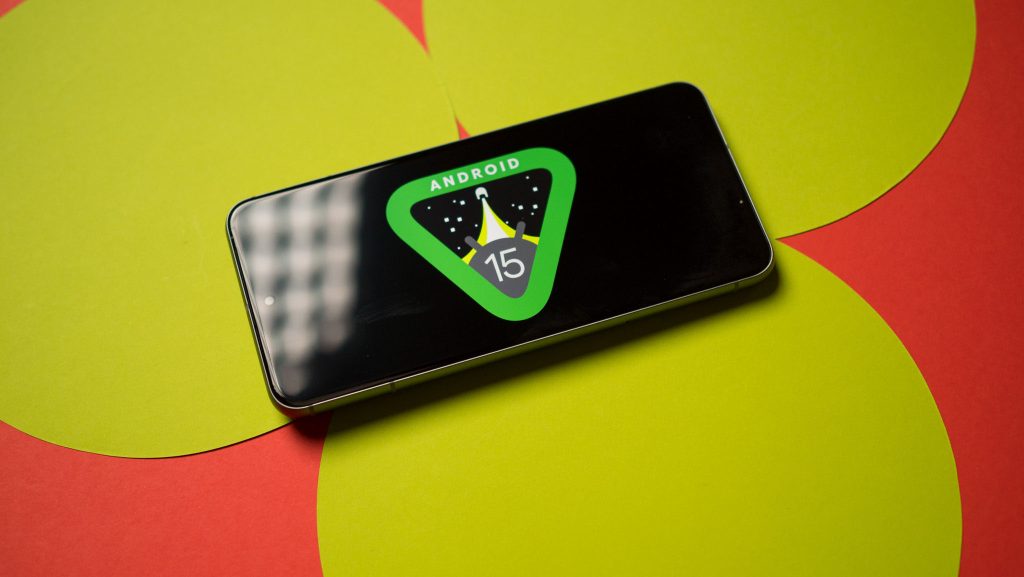
To help developers plan their compatibility work, Google has announced that the Platform Stability milestone is expected to be reached in June 2024. This milestone will deliver final SDK/NDK APIs and internal APIs, along with app-facing system behaviors. After this point, developers will have several months before the official release to conduct final testing and optimizations.
Conclusion
The Android 15 beta has a significant impact on the mobile landscape, bringing a host of new features and improvements to enhance user experience and empower developers. From edge-to-edge apps and improved multitasking to advanced privacy controls and camera enhancements, this update paves the way for more sophisticated and secure mobile applications. The expanded device support, including various OEM partnerships, ensures that a wider range of users can experience these cutting-edge features firsthand.
As the beta progresses towards its official release, developers have a golden opportunity to fine-tune their apps and leverage the new tools at their disposal. The upcoming Google I/O conference is likely to shed more light on the final features and release timeline of Android 15. With its focus on user privacy, enhanced performance, and developer empowerment, Android 15 is set to push the boundaries of what’s possible in mobile computing, setting the stage for exciting innovations in the Android ecosystem.
FAQs
1. What is Android 15?
Android 15 is the latest version of Google’s mobile operating system. It introduces new features, performance improvements, and security enhancements, building on the foundation of Android 14.
2. When will Android 15 be released?
Android 15 is expected to be released in mid-2024, following Google’s typical annual release cycle. However, developer previews and beta versions might be available earlier.
3. What are the key features of Android 15?
While official details are yet to be announced, Android 15 is expected to focus on improved AI integration, better battery optimization, enhanced privacy settings, and a refined user interface. New multitasking tools and gesture controls are also anticipated.
4. Will my device support Android 15?
Most flagship smartphones from 2022 and newer, along with some mid-range devices, are expected to support Android 15. Google Pixel phones will be the first to receive the update, followed by other manufacturers like Samsung, OnePlus, and Xiaomi.
5. How can I update my phone to Android 15?
Once Android 15 is officially released, you can check for the update by going to Settings > System > Software Update. If your device is eligible, you’ll be prompted to download and install the new version.
6. What improvements does Android 15 offer for security and privacy?
Android 15 is expected to bring advanced privacy controls, including app permission management, stronger encryption, and real-time protection against malware and phishing. The operating system is also rumored to feature more transparent data usage reports.
7. What are the major UI changes in Android 15?
While details are still under wraps, Android 15 may introduce a refreshed Material You design, offering more customization options for themes and widgets, and new animations to make the interface more fluid and responsive.
8. Can I join the Android 15 beta program?
Yes, Google typically opens a beta program for its latest Android versions. You can join by enrolling your device through the official Android Beta Program website once it becomes available. This allows users to try out new features before the official release.
9. How does Android 15 improve battery life?
Android 15 is expected to optimize background processes, app power consumption, and adaptive battery features, making it more efficient and improving overall battery life on compatible devices.
10. Will Android 15 have better AI integration?
Yes, Android 15 is rumored to have deeper AI integration, allowing for smarter predictions, better personalized experiences, and more efficient use of device resources to improve performance and usability.



